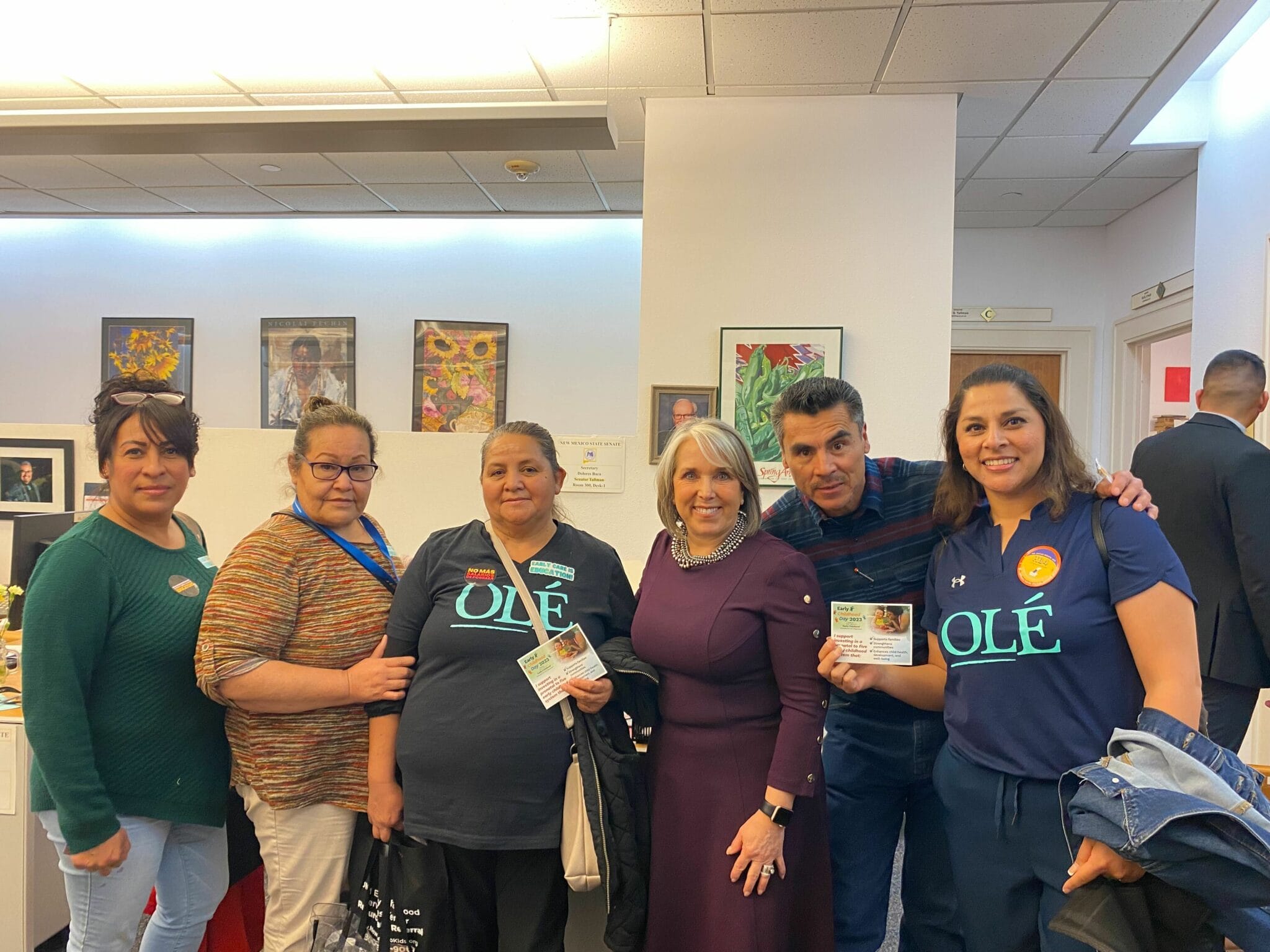Executive Summary
Workers in the early care and education (ECE) sector have historically been underpaid and underrepresented. Shaped by United States history, the structure of the sector has racial and gender exploitation baked into its foundations. Enslaved Black women were forced to take care of White children without pay. After emancipation, they received nominal pay for performing domestic work, which established a norm of low wages for caregiving (Center for the Study of Child Care Employment, 2022). Today, annual pay for child care workers is among the lowest across all occupations, ranking in the second percentile (McLean et al., 2021). The sector is composed almost entirely of women, 40 percent of whom are people of color, who tend to be paid lower wages than their White peers (Center for the Study of Child Care Employment, 2022). Specifically, Black early educators are paid, on average, $0.78 less per hour than White early educators (McLean et al., 2021).
This history has also created the fissured workforce we see today, where ECE workers often work in isolation from each other in their homes, other people’s homes, or small centers. These fissures, as well as chronic underfunding, have kept wages low and stagnant, preventing many workers from entering or remaining in the profession. These compounding factors, exacerbated by the pandemic, inhibit access to child care, disproportionately so for families in marginalized communities (Malik et al., 2020). The early childhood workforce deserves economic dignity in their own right, and the challenges facing the early childhood workforce demand creative solutions. Worker organizing offers such solutions. Given the fissured nature of the workforce and its roots in the laws of the United States, this report analyzes the ways in which legal and policy conditions shape the possibilities for organizing, collective action, unionization, and collective bargaining in the ECE sector.
The primary questions guiding this research were:
- What legal regimes govern the right of certain categories of ECE workers to organize and/or unionize?
- What conditions have supported unionization of ECE workers in the past, and what conditions have presented challenges?
- What alternatives to traditional union representation exist to secure employment protections for ECE workers?
